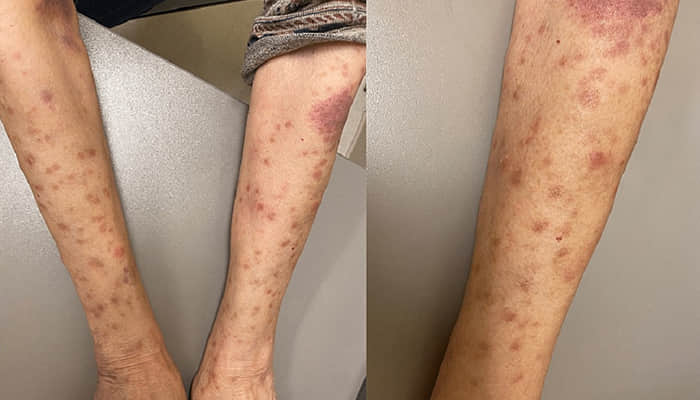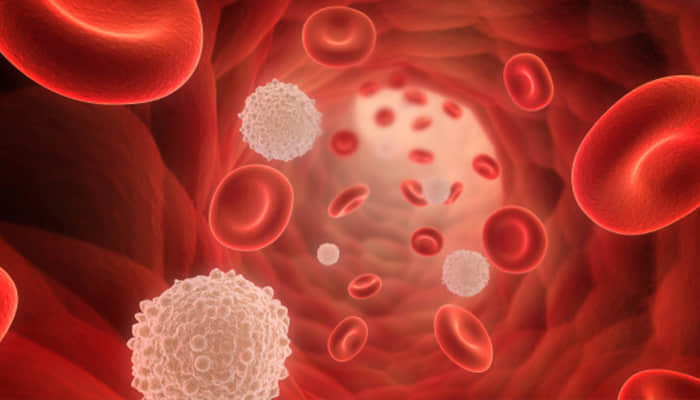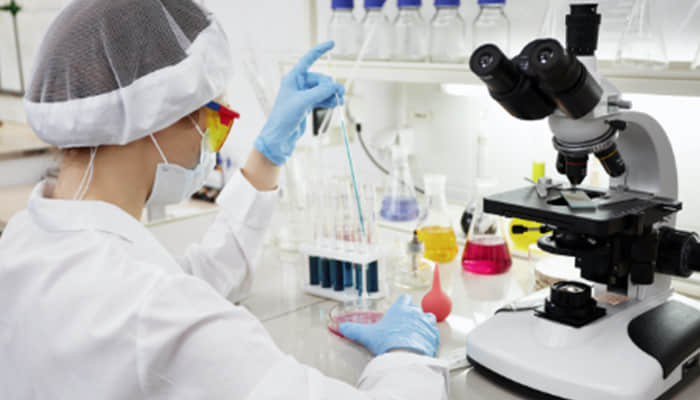
Hematological cancers or “blood cancers” affect more than 33,000 people each year. Among them, acute myeloid leukemia (AML) mainly affects those over 65. A disease that progresses rapidly if it is not treated. However, therapeutic solutions exist to achieve remission and reduce the risk of relapse.
Leukemia, acute, myeloid: three words to describe the most common type of leukemia in adults. “Leukemia” is a type of blood cancer; “acute” means that the disease starts and progresses quickly; “myeloid” refers to the bone marrow.

What is this disease?
Acute myeloid leukemia or AML is a cancer that begins in the bone marrow. More precisely among the stem cells that give rise to blood cells. As these cells develop, they become blast cells (blasts), immature blood cells that proliferate in an orderly fashion to give rise to blood cells.
But in the case of leukemia, there is an anarchic proliferation of these blast cells which will take up more and more space within the marrow, thus preventing the production of normal blood cells (red blood cells, white blood cells, platelets).
Although the origin of the disease is still poorly understood, we know that certain factors can promote the occurrence of AML, such as having been exposed to radiation or to chemical products such as certain fertilizers or benzene.
Some patients with a history of cancer treated with chemotherapy are also at greater risk.

Non-specific symptoms
The early symptoms of LAM are nonspecific and may be similar to more common conditions, such as influenza: fever, chills, sweating, dizziness, burning urine, diarrhea, skin lesions, abdominal pain, or petechiae (red or purple spots on the skin); which may cause a delay in diagnosis.
However, this very aggressive disease progresses rapidly and the prognosis for patients with AML is often poor. Although AML can occur at any age, it more often affects older people, generally over 65 years of age.

A disease that can be cured
Acute myeloid leukemia can be cured. Treatment of the disease varies depending on several parameters: the subtype of the disease, the patient’s general health, their medical history, etc.
Once the pathology has been diagnosed, specific treatment must be put in place as soon as possible. The objective is twofold: to eliminate the defective blasts from the bone marrow and to restore normal blood cell production (white blood cells, red blood cells, and platelets).
Several treatment options are possible: the main treatment takes the form of chemotherapy which eliminates the leukemic blasts found in the bone marrow, blood, and other organs but causes some toxicity for healthy cells.
If the leukemic blasts are sufficiently eliminated, patients enter a phase of complete remission; consolidation treatment can be considered to deepen this remission and reduce the risk of recurrence.
This strategy may consist of a transplant of hematopoietic stem cells (which are the origin of the different blood cells) taken from a healthy person, and which is the only potentially curative treatment for AML.

Support is evolving
Today, the arrival of new treatments allows patients to achieve higher rates of complete remission. However, the risk of relapse, between 50 and 70%, remains very high and not all patients are eligible for stem cell transplantation, due to the risks of complications and toxicity associated with this procedure. Salvage therapies do not currently provide effective management of patients with AML relapse.
The challenge of new therapeutic options is to keep patients on treatment once in remission, to prolong this remission as much as possible to delay or even attempt to prevent relapse.
